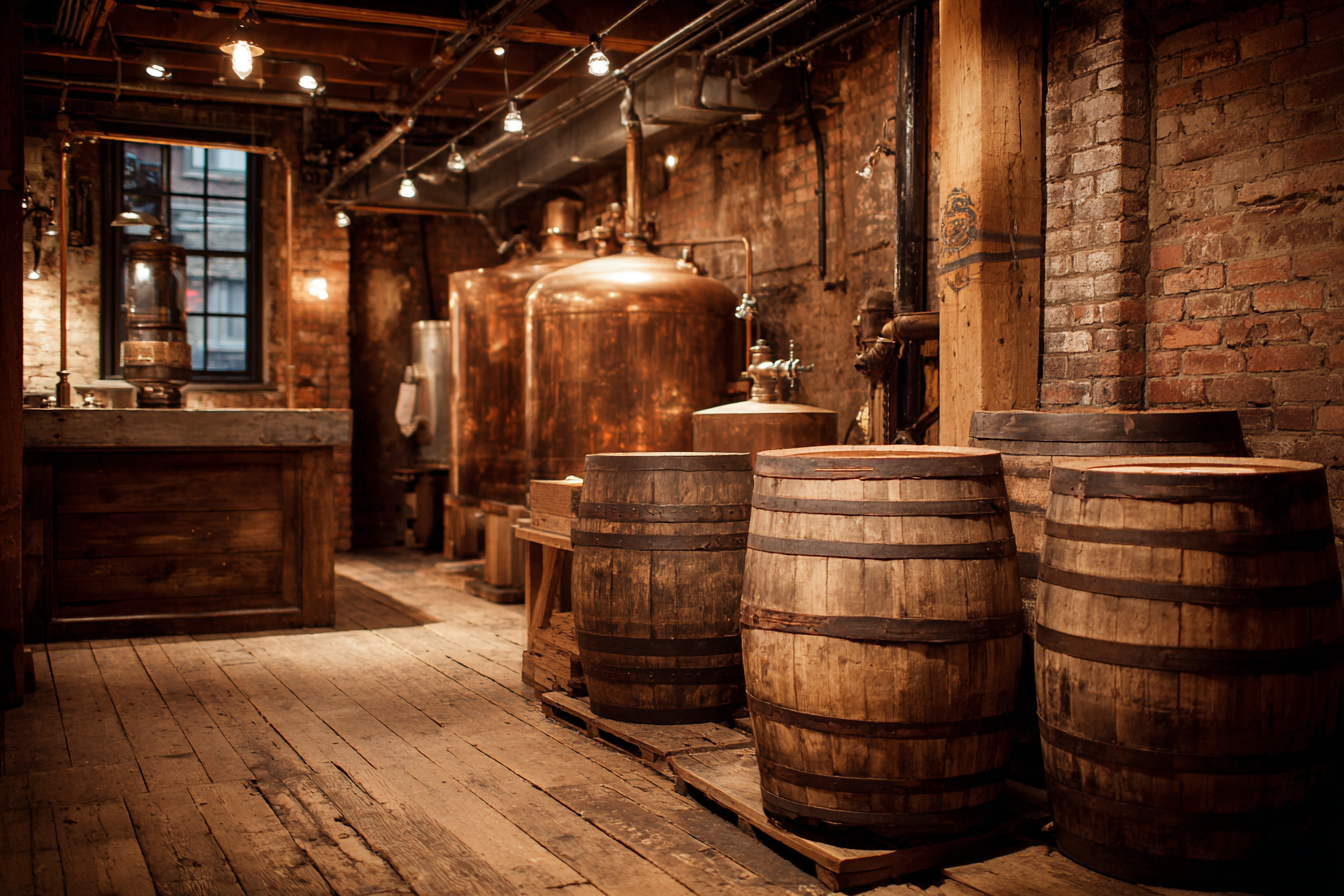Grodziskie beer is a fascinating and unique style that holds a special place in the heart of Polish brewing tradition. Known for its light, smoky flavor and historical significance, Grodziskie invites beer lovers on a journey through time. This distinctive beer style offers a glimpse into Poland’s brewing heritage that has survived centuries of change, decline, and revival. In this article, we will explore the roots of Grodziskie beer, the traditional methods used to craft it, its near disappearance, and the modern resurgence that honors its legacy.
Early Origins and Historical Context
The origins of Grodziskie beer date back to the 14th century, making it one of the oldest continually brewed beer styles in Poland. The beer takes its name from the town of Grodzisk Wielkopolski, located in the Greater Poland region, where it was traditionally brewed. Known in English as “Grätzer,” after the German name for Grodzisk, this beer was prized across Central Europe for its distinctive qualities.
During the Middle Ages and well into the early modern period, Grodziskie beer was widely popular not only in Poland but also in Germany and other neighboring countries. It was distinctive for its use of oak-smoked wheat malt, giving it a characteristic smoky aroma and flavor that set it apart from other beer styles of the time. This style was often referred to as “Polish Champagne” due to its clarity, lightness, and sparkling effervescence.
The cultural context of Grodziskie beer is deeply intertwined with the local community of Grodzisk Wielkopolski. Brewing was a vital part of the town’s economy, and the beer itself became a point of regional pride. It was commonly consumed at festivals, celebrations, and social gatherings, symbolizing both tradition and conviviality.
Traditional Brewing Methods in Grodziskie Style
What truly sets Grodziskie apart is its traditional brewing technique, which is rooted in centuries-old practices. Unlike many other beer styles that use barley as the primary malt, Grodziskie is brewed predominantly from wheat malt. Even more distinctively, this malt is dried over oak wood fires, imparting the signature smoky aroma and flavor that defines the style.
Here are some of the key elements of traditional Grodziskie brewing:
- Smoked Wheat Malt: The malt is dried over oak wood fires, which imbues it with a soft smoke character but avoids heavy peat or soot notes.
- Low Alcohol Content: Grodziskie is generally brewed to a relatively low alcohol by volume (ABV), usually around 3.0% to 3.5%, making it light and refreshing.
- Highly Carbonated: The beer is naturally or artificially highly carbonated, lending it an effervescent and crisp mouthfeel reminiscent of sparkling wine.
- Filtered and Clear: Traditionally, Grodziskie is clear and pale yellow, brightly shining with a golden hue despite the smoked malt.
- Moderate Bitterness and Hop Character: The hop presence is restrained but noticeable, typically using noble hop varieties for delicate floral and herbal notes.
This combination of features results in a beer that is light and drinkable, with a delicate balance of smoke, malt sweetness, and subtle hoppiness.
Decline and Near Extinction in the 20th Century
Despite its long history and regional popularity, Grodziskie beer began to decline sharply in the 20th century. Several factors contributed to this unfortunate downturn. First, the industrialization and modernization of brewing techniques favored stronger, darker, and more widely popular beer styles such as lagers and pilsners. The unique and labor-intensive methods needed for Grodziskie—especially the production of oak-smoked wheat malt—were difficult to scale in industrial breweries.
Additionally, geopolitical changes and upheavals during the World Wars disrupted traditional Polish brewing practices. The post-war communist era in Poland centralized beer production and often disregarded niche regional styles in favor of mass-produced lagers. By the late 20th century, Grodziskie beer was almost extinct, with very few breweries still producing it in the traditional manner.
This period marked a significant cultural loss, as Grodziskie was more than just a beer style—it was part of Poland’s brewing identity and heritage that was slipping away.
Revival and Modern Craft Grodziskie Beers
Fortunately, the story of Grodziskie beer does not end with its decline. The global craft beer movement in the early 21st century sparked renewed interest in historic and regional beer styles, including Grodziskie. Craft brewers in Poland and beyond began to rediscover and revive the traditional recipes and methods.
Modern breweries have taken on the challenge to produce authentic Grodziskie beers using traditional oak-smoked wheat malt. Many small-scale brewers now honor the classic characteristics—low alcohol content, bright carbonation, clarity, and subtle smokiness—while sometimes adding innovative twists to appeal to contemporary palates.
This revival has brought Grodziskie beer back to beer festivals, specialty beer bars, and enthusiasts worldwide. It has become a symbol of Polish craft brewing heritage and a testament to the resilience of historic brewing traditions. Efforts by beer historians, maltsters, and brewers have also helped document and preserve the knowledge surrounding Grodziskie production.
Importance of Grodziskie in Polish Beer Heritage
Grodziskie beer stands as a remarkable example of Poland’s rich brewing culture and tradition. Its distinctive style and history illustrate the diversity and depth of European beer heritage. Beyond its flavor profile, Grodziskie carries cultural significance as one of the oldest beer styles originating in Poland and influencing Central European brewing.
By preserving and promoting Grodziskie beer, brewers and enthusiasts maintain a direct link to Poland’s past while enriching the present craft beer scene with unique flavors and stories. This beer also encourages appreciation for small-scale, artisanal production methods that respect tradition and quality over mass production.
In recent years, Grodziskie has been added to various heritage beer catalogs and celebrated internationally, increasing awareness and appreciation for Poland’s role in historic beer innovation.
Closing Thoughts
The journey of Grodziskie beer—from its medieval origins, through near disappearance, to its exciting revival—reflects the enduring spirit of craft brewing and cultural preservation. Its light, smoky character and historic brewing methods make it a truly unique beer experience that connects drinkers with centuries of Polish tradition.
For anyone interested in beer history or looking to explore intriguing, lesser-known beer styles, Grodziskie offers a perfect example. Its combination of old-world charm and modern resurgence highlights both the challenges and joys of keeping traditional brewing alive in today’s world.
Whether you encounter Grodziskie in a local Polish pub or at an international craft beer festival, embracing this distinctive beer style is a way to celebrate Poland’s rich brewing heritage and enjoy a sip of history with every glass.







